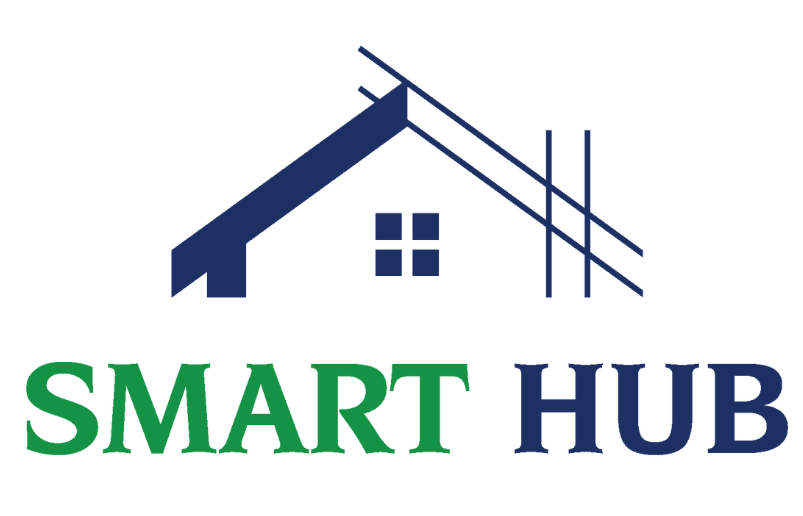Introduction
The construction industry is undergoing a significant transformation with the adoption of modern construction techniques. These methods are reshaping how buildings are designed, constructed, and maintained. From advanced building materials to sustainable practices, these approaches aim to improve efficiency, reduce costs, and minimize environmental impact. This guide explores the key advancements in modern construction, including 3D printing, modular construction, smart technologies, and more. By understanding these techniques, builders, architects, and developers can stay ahead in an evolving industry.
What Are Modern Construction Techniques?
Modern construction techniques refer to new methods and technologies that enhance the efficiency, sustainability, and quality of building projects. Unlike traditional construction, which often relies on manual labor and conventional materials, modern techniques integrate automation, prefabrication, and innovative materials. These methods address challenges such as labor shortages, rising material costs, and environmental concerns. By adopting modern construction techniques, the industry can achieve faster project timelines, improved safety, and better resource management.
How Modern Methods Differ from Traditional Construction
Traditional construction typically involves on-site assembly, which can be time-consuming and prone to delays due to weather or logistical issues. In contrast, modern techniques emphasize precision, planning, and offsite manufacturing. For example, modular construction allows components to be built in controlled environments, reducing errors and waste. Similarly, advanced materials like self-healing concrete offer longer lifespans and lower maintenance costs compared to traditional options.
Key Modern Construction Techniques Transforming the Industry
Several modern construction techniques are driving change across the industry. These methods are not only improving efficiency but also addressing sustainability and cost challenges.
Prefabrication and Modular Construction
Prefabrication and modular construction involve assembling building components offsite in factories before transporting them to the construction site. This approach has gained popularity due to its numerous advantages.
Benefits of Offsite Construction
- Reduced Waste: Factory settings allow for precise material usage, minimizing excess.
- Faster Project Completion: Modules can be assembled simultaneously with site preparation, cutting down overall timelines.
- Lower Costs: Economies of scale and reduced labor needs contribute to cost savings.
Modular construction is particularly effective for repetitive structures like housing developments, schools, and healthcare facilities. It ensures consistent quality while meeting tight deadlines.
3D Printing in Construction
3D printing technology is emerging as a game-changer in the construction sector. This method uses automated machines to layer materials like concrete, creating walls, foundations, and even entire structures.
Use Cases and Advantages
- Reduced Labor Requirements: Automated systems handle much of the work, decreasing reliance on skilled labor.
- Material Efficiency: Precise layering minimizes waste, making it an eco-friendly option.
- Customization Potential: Complex designs that would be difficult to achieve manually can be executed with ease.
Projects ranging from affordable housing to disaster relief shelters have already demonstrated the viability of 3D printing in construction.
Sustainable and Green Building Techniques
Sustainability is a growing priority in the construction industry. Energy-efficient construction and green building materials are helping reduce the environmental footprint of new developments.
The Role of LEED Certification
Leadership in Energy and Environmental Design (LEED) certification promotes sustainable practices by setting standards for energy efficiency, water conservation, and indoor air quality. Buildings that meet these criteria often use renewable energy sources, recycled materials, and efficient HVAC systems.
Green building techniques not only benefit the environment but also appeal to environmentally conscious clients and tenants.
Smart Building Technologies and Automation
Smart building technologies integrate artificial intelligence (AI), the Internet of Things (IoT), and Building Information Modeling (BIM) to enhance construction processes and building performance.
Enhancing Safety and Efficiency
- AI and IoT: Sensors monitor equipment, track worker safety, and optimize energy usage during and after construction.
- BIM in Construction: This digital modeling tool allows teams to visualize projects, detect clashes, and simulate construction sequences before breaking ground.
Automation reduces human error, improves communication, and ensures compliance with design specifications.
Advanced Building Materials
The development of advanced building materials is another hallmark of modern construction. These materials offer superior strength, durability, and versatility compared to traditional options.
Examples of High-Tech Materials
- Self-Healing Concrete: Contains microcapsules that repair cracks automatically, extending the lifespan of structures.
- Aerogels: Lightweight insulators that provide excellent thermal resistance without adding bulk.
- Carbon Fiber Reinforcements: Used to strengthen structures while keeping weight low.
These materials enable architects and engineers to push the boundaries of design and functionality.
Benefits of Using Modern Construction Techniques
Adopting modern construction techniques offers numerous advantages over traditional methods.
Faster Project Completion Times
Techniques like prefabrication and 3D printing significantly shorten construction schedules by allowing parallel workflows and eliminating delays caused by external factors.
Reduced Labor Costs and Material Wastage
Automation and precision manufacturing reduce the need for extensive manual labor and minimize material waste, leading to cost savings.
Enhanced Durability and Sustainability
Advanced materials and green building practices ensure that structures last longer and have a smaller environmental impact.
Improved Safety and Precision
Automated systems and digital tools enhance workplace safety by reducing human exposure to hazardous tasks and ensuring accurate execution of plans.
Challenges and Considerations in Adopting Modern Techniques
While modern construction techniques offer many benefits, they also come with challenges that must be addressed.
Initial Investment and Training Costs
Implementing new technologies and training workers requires upfront investment, which may deter smaller firms.
Resistance to Change Within the Industry
Some stakeholders may be hesitant to adopt unfamiliar methods, preferring tried-and-true approaches despite their limitations.
Regulatory and Compliance Challenges
New techniques often face scrutiny from regulatory bodies, requiring additional approvals and certifications before widespread adoption.
Future Trends in Modern Construction
The future of construction will likely see increased integration of robotics, AI-driven planning, and eco-friendly innovations.
Predictions for Emerging Technologies
- Automated Robotics: Robots could handle repetitive tasks like bricklaying and welding, further reducing labor needs.
- AI-Driven Planning: Machine learning algorithms will optimize project timelines, resource allocation, and risk management.
- Eco-Friendly Innovations: Advances in biodegradable materials and carbon-neutral processes will support global sustainability goals.
These trends will shape the next generation of buildings, making them smarter, greener, and more resilient.
Conclusion
Modern construction techniques are redefining the way we build, offering solutions that are faster, safer, and more sustainable than ever before. By embracing methods like prefabrication, 3D printing, and smart technologies, the industry can overcome longstanding challenges and meet the demands of a rapidly changing world.
For professionals in the field, now is the time to explore these modern solutions and stay competitive. Whether you’re considering advanced materials, automated processes, or green building practices, taking the first step toward innovation will position you at the forefront of the construction industry. Stay informed, adapt to change, and lead the way in building a better future.

